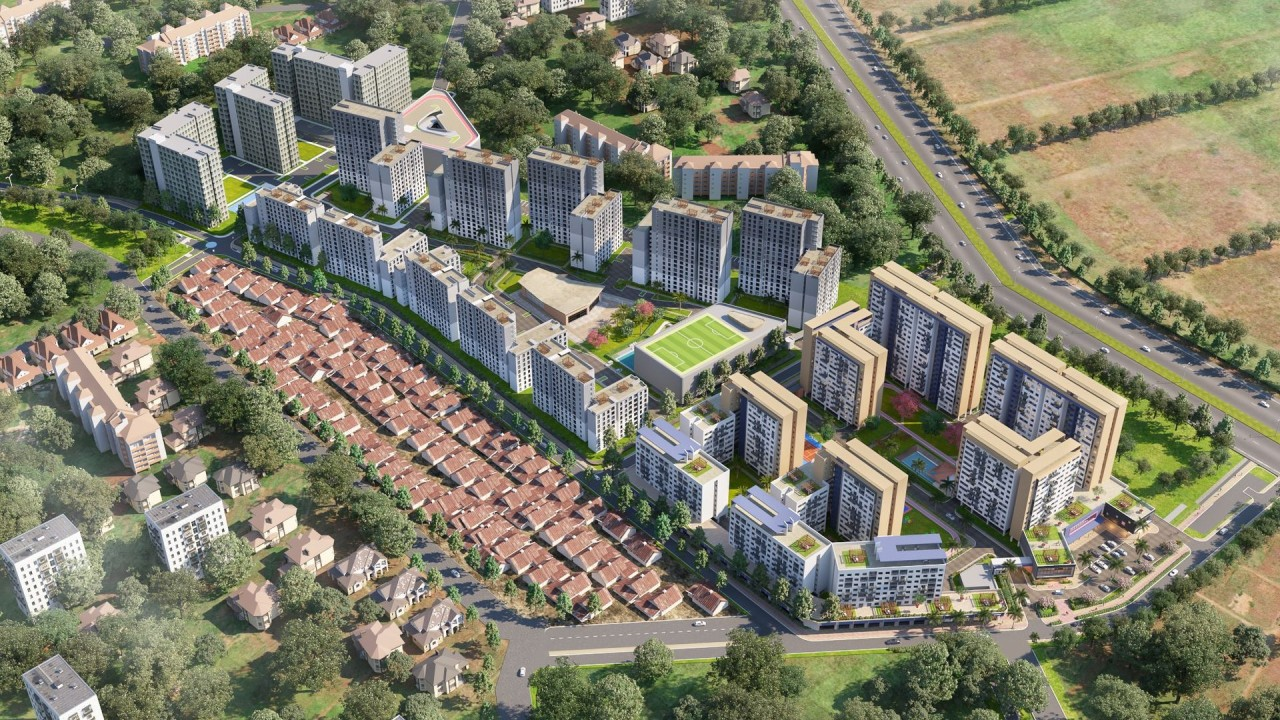Nairobi’s skyline tells a story of rapid urbanization, yet at its base, millions struggle to find a decent place to live. Kenya’s housing crisis is not just a statistic but a growing emergency. With a housing deficit of 2 million units, the country produces only 50,000 homes annually against a demand of 250,000. Meanwhile, 61% of urban residents are confined to informal settlements, where many spend 30-40% of their income on rent. If left unchecked, the deficit could soar to 3 million units by 2030, worsening poverty, overcrowding, and economic stagnation (World Bank).
Government Efforts Under the Affordable Housing Agenda
Recognizing the urgency, the Kenyan government has placed affordable housing at the core of its Bottom-Up Economic Transformation Agenda (BETA). The program aims to deliver 250,000 housing units annually, utilizing public-private partnerships (PPPs), subsidized financing, and incentives for developers. Already, flagship projects such as the Pangani and Park Road developments are beginning to reshape Nairobi’s housing landscape (State Department for Housing and Urban Development).
Yet, significant hurdles remain. Critics argue that current efforts favor formal-sector workers while leaving out millions in the informal economy. Financing remains a major barrier, as mortgage penetration in Kenya is below 4%, compared to South Africa’s 30%. To bridge the gap, the government must implement policy reforms that foster greater private-sector involvement. These include:
- Tax incentives for developers to encourage large-scale affordable housing projects.
- Streamlined land acquisition processes to facilitate quicker project implementation.
- Subsidized mortgage rates to increase homeownership access for low-income earners.
- Clearer regulatory frameworks to attract foreign and local investments in housing.
The Role of the Private Sector in Housing Solutions
The private sector has an opportunity and a responsibility to drive innovation in affordable housing. Developers, financial institutions, and investors can contribute by:
- Scaling modular and prefab construction to reduce costs and build faster.
- Providing alternative financing models like rent-to-own and micro-mortgages.
- Integrating smart, sustainable urban designs that cater to Kenya’s growing population.
- Collaborating with the government to align housing projects with national affordability goals.
Internationally, countries such as Singapore and Ethiopia have successfully tackled housing shortages through strategic government-private partnerships and policy-driven interventions. Kenya can learn from these models to create a more inclusive housing ecosystem.
The Path Forward: A Collective Effort
Affordable housing is not just about shelter but about dignity, economic mobility, and national growth. To make real progress, Kenya needs a multi-sectoral approach, where the government, developers, financial institutions, and communities work together to create sustainable, scalable solutions.
With proactive policies, financial accessibility, and innovative building techniques, affordable housing can transition from a policy goal to a lived reality for millions.
At Hazon, we are committed to our pursuit of Building Solutions, aligning with national efforts to shape the future of Kenya’s urban landscape.

